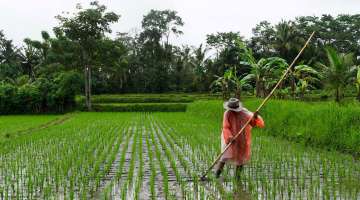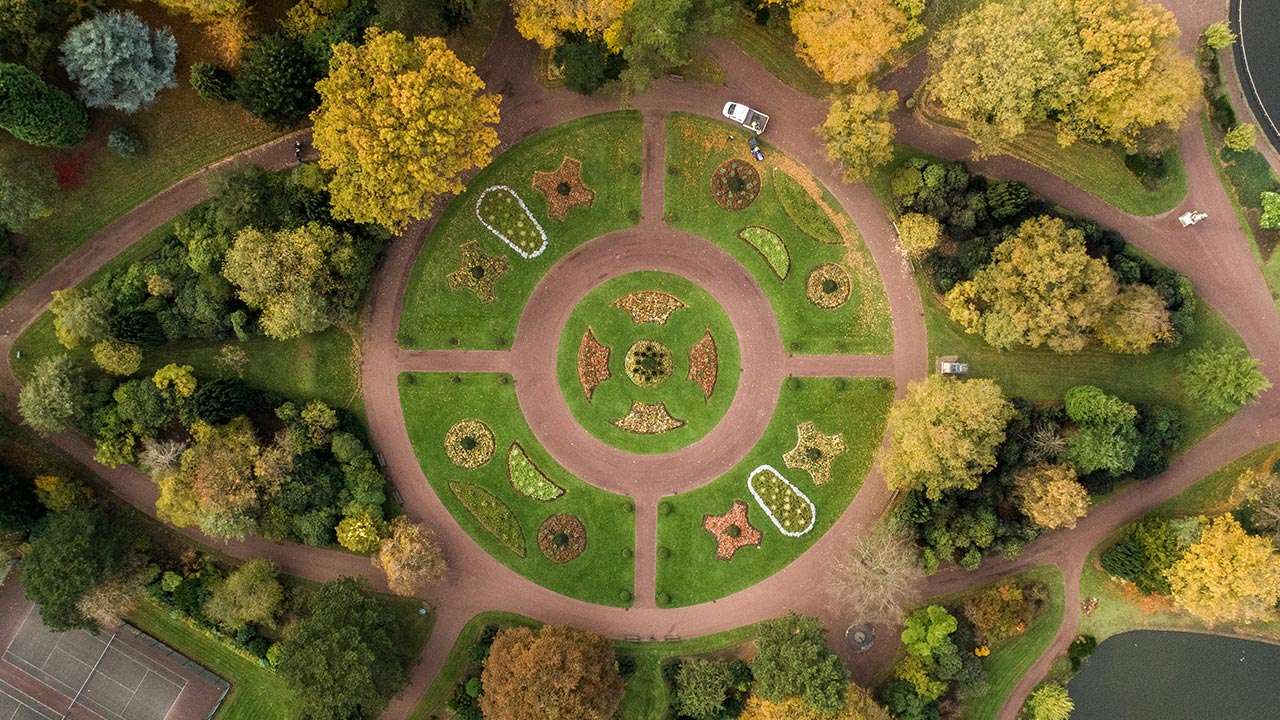POSTED Mar 29, 2022 - 01:16 PM
A look at circular economy’s role in a sustainable industry
Circular economy promotes a restorative and resilient model that benefits the environment, people, and businesses
Take, make, and waste—this is the linear process of most businesses' current economic models. From resource extraction to disposal, waste is deeply ingrained in production and consumption chains, and it poses a big problem to the ecosystem. A Senate Economic Planning Office report shared that solid wastes produced by cities across the country are expected to increase to 77,776 tons by 2025.
Through a business perspective, the inefficiency from the current economic models can be disadvantageous due to a potential for profit loss. According to a World Bank market study, “the Philippines recycled just 28 percent of key plastic resins in 2019. 78 percent of the material value of the key plastic resins—upwards of US$890 million per year—is lost in the Philippines when recyclable plastic products are discarded rather than recycled into valuable materials.”
So what can businesses do to become part of the solution to the growing waste and environmental problems? An emerging trend among eco-conscious companies comes in the form of a more sustainable economic model called circular economy.
Looking into circular economy
To put it simply, the United Nations Conference on Trade and Development describes the concept of a circular economy as one where “the goods of today are the resources of tomorrow at yesterday’s resource prices.” Instead of throwing away products and extracting resources again to make new ones, a circular economy encourages reusing, remanufacturing, and recycling materials. This lets businesses reduce waste, resource dependency, and environmental footprint effectively.
With these benefits, the framework of a circular economy is able to provide tools to tackle environmental challenges like climate change and biodiversity loss. It operates on three principles: designing out waste and pollution, keeping products and materials in use, and regenerating natural systems.
The United Nations Industrial Development Organization (UNIDO) wrote that a circular economy “works by extending product lifespan through improved design and servicing, and relocating waste from the end of the supply chain to the beginning—in effect, using resources more efficiently by using them over and over, not only once.”
By intending for a product to be circular right from the start, businesses can minimize or avoid unnecessary waste in the supply chain. Instead of manufacturing single-use items, brands should opt for designs that will allow products to be reused, repaired, or remanufactured instead.
Businesses should also consider incorporating ways for a product to return nutrients to the soil and other systems through natural processes upon the end of its life cycle.
According to Ellen MacArthur Foundation, “a circular economy decouples economic activity from the consumption of finite resources. It is a resilient system that is good for business, people, and the environment.” Moreover, “it gives us the power to grow prosperity, jobs, and resilience while cutting greenhouse gas emissions, waste, and pollution.”
How else can businesses benefit from it aside from its environmental and social advantages? “By designing products with resource recovery in mind, they can protect themselves from price changes in the raw-materials market by creating a more reliable source of raw materials, as well as maintain longer-lasting relationships with consumers by ensuring contact throughout a product’s life cycle,” said UNIDO.
Embracing circular economy
In October 2021, the Association of Southeast Asian Nations (ASEAN) adopted the Framework for Circular Economy for the ASEAN Economic Community (AEC) and announced the five strategic priorities that it will hinge on during its transition period:
- standard harmonization and mutual recognition of circular products and services
- trade openness and trade facilitation in circular goods and services
- the enhanced role of innovation, digitalization, and emerging or green technologies
- competitive sustainable finance and innovative ESG investments, and
- efficient use of energy and other resources
According to UNIDO, big companies like Nike, Google, and H&M are “already implementing aspects of the circular economy in their global business.”
In 2019, Nike introduced a state-of-the-art system “co-developed to convert defective and post-consumer footwear back into its material components to be used in new products” in North America. According to its FY20 report, this system was able to produce 131 metric tons of rubber, 135 metric tons of foam, and 252 metric tons of textile fluff from end-of-life footwear.
The Ellen MacArthur Foundation also cited Renault, Europe’s first circular economy factory for vehicles, as an example for businesses looking into adopting the sustainable framework.
According to the foundation, Renault extends the lifespan of its products by remanufacturing vehicle components such as gear boxes and turbo compressors, increasing recycled plastic content, and creating a second life for electric batteries. The report stated that remanufacturing activities generated revenues of nearly €120 million for the company in 2019.’
Adopting circular economy
As companies all over the world incorporate circular economy practices into their business models, local businesses should start considering it as well.
In a 2020 report, the Asian Development Bank (ADB) noted that circular economy approaches “are consistent with most sustainable development objectives, including driving resilient economic growth and reducing impacts on environment and resources” in the Philippines.
The country is actually making positive strides towards a circular economy. According to the report, related policies and frameworks in solid waste management, sustainable public procurement, climate-resilient housing and construction, renewable energy and rural electrification, and green job creation are already in place and encouraging various sectors to shift to more sustainable practices.
Additionally, the ADB report noted that many circular economy-based approaches “to reduce waste and sanitation solutions for communities are already being practiced in the Philippines, but need to be up-scaled and replicated to achieve wider environmental, social, and economic benefits for the whole society.”
By adopting a circular economy framework, businesses can produce and reap long-term benefits while promoting resource efficiency and sustainable growth. Much research, development, and sustainable innovations are needed to successfully transition into this restorative model, but with ample determination from businesses and support from the government, a circular economy is achievable in the local market as well.
For more information and news on business visit CREATE Philippines and IFEXCONNECT
Read more

What is climate-smart agriculture and how will this help the Philippines?
Climate-smart agriculture isn’t a new concept for the Philippines. Here’s how this is being incorpor... Learn More

The essential role of seaweed in food security and sustainability
Coastal communities have turned to seaweed to sustain both ecosystems and local economies Learn More

How to make offices more sustainable
Creating a sustainable office space doesn’t have to be complicated. Here are some factors to conside... Learn More

The era of timber buildings has begun in PH
Timber is making a comeback in the construction industry because of its stable strength, durability,... Learn More
